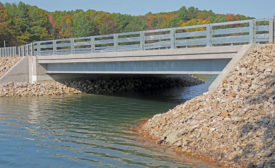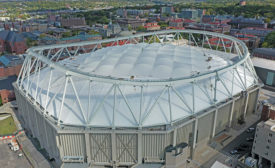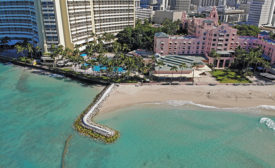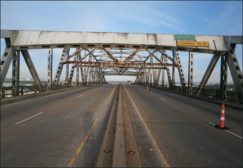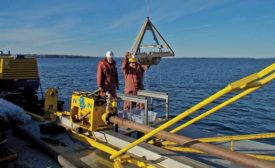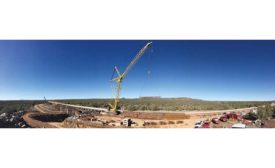Home » Keywords: » replacement
Items Tagged with 'replacement'
ARTICLES
ENR New York’s 2019 Best Projects
Lake Champlain PV-20 Submarine Cable Replacement
September 24, 2019
Bridge Replacement Tames Hell Canyon
A structurally deficient bridge is used as part of the construction plan for its successor.
Read More
The latest news and information
#1 Source for Construction News, Data, Rankings, Analysis, and Commentary
JOIN ENR UNLIMITEDCopyright ©2024. All Rights Reserved BNP Media.
Design, CMS, Hosting & Web Development :: ePublishing
